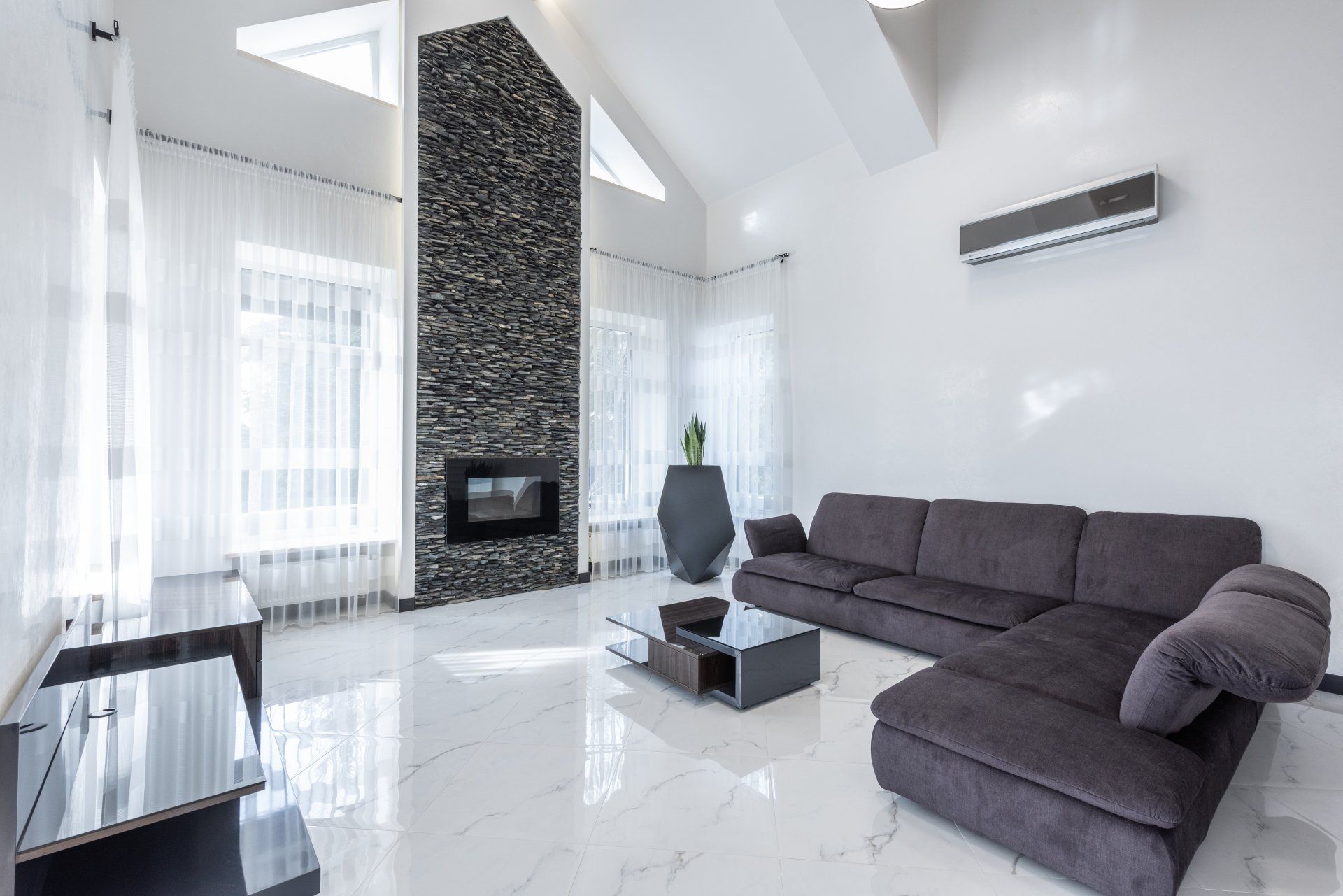How to Cool a Hot Room at Home
How to Cool a Hot Room at Home
When the summer heat is at its peak, you may have a space where you just cannot chill. In many households, hot rooms are a typical and uncomfortable issue. There are some simple things to check and quick remedies, but it may require a bit more effort (and a trip into the attic or underneath the home) to resolve the issue.
How Warm Is the Hottest Room in Your Residence?
So, you have a heated room in your residence. The first thing you must answer is how hot the room is relative to other spaces. Begin by using a thermometer (cooking thermometers work well) to determine the ambient room temperature in a few rooms where you feel comfortable.
Next, obtain the temperature of the room or rooms causing the problem. Depending on the thermometer, you may need to wait 5 to 10 minutes for the temperature to stabilize.
Take multiple readings during the day to determine how they vary, especially if the sun is a major factor.
Recognize Your Contributing Elements
Before proceeding, take a moment to consider why the room is so hot. Exist any evident motives? Common justifications include:
Thermogenic Electronics
Computers, Wi-Fi routers, stereo receivers, televisions, and gaming consoles generate heat. The greater the number of these devices in a room, the more difficult it is to keep it cool. If your office is equipped with a computer, monitors, several external hard drives, a Wi-Fi router, and a printer, you should be aware that these produce a great deal of heat.
Orientation with respect to the sun
Do the outer walls of your room face north? Then you are probably exposed to sunlight all day. If it faces East, it will likely be warmer in the morning, and if it faces West, it will be warmer in the afternoon. And if the space is located in a corner, you may experience the double whammy of two walls heating up over the day.
Location far from the HVAC Unit
A common characteristic of hot rooms is their distance from the HVAC unit. The further away the air is from the air conditioner, the longer it takes to warm up and the slower it moves. If your workplace is located on the opposite side of the house from the air conditioning unit, another reason for it to be hot.
Location in Residence
Everyone was taught in school that heat rises. If there is only one HVAC system for a two-story home, the upper level will likely be warmer. If your office's located on the ground floor, it has the sole advantage it possesses.
Simple Solution for a Hot Room
Now that you have temperatures and understand some of the underlying components, let's examine a simple solution.
Vent Check
Okay, this may seem quite simple (because it is), but ensure that nothing is impeding the ventilation in the rooms. Make sure they are clean.
Get a
FREE Quote
HVAC Victoria Quote
You might also like




